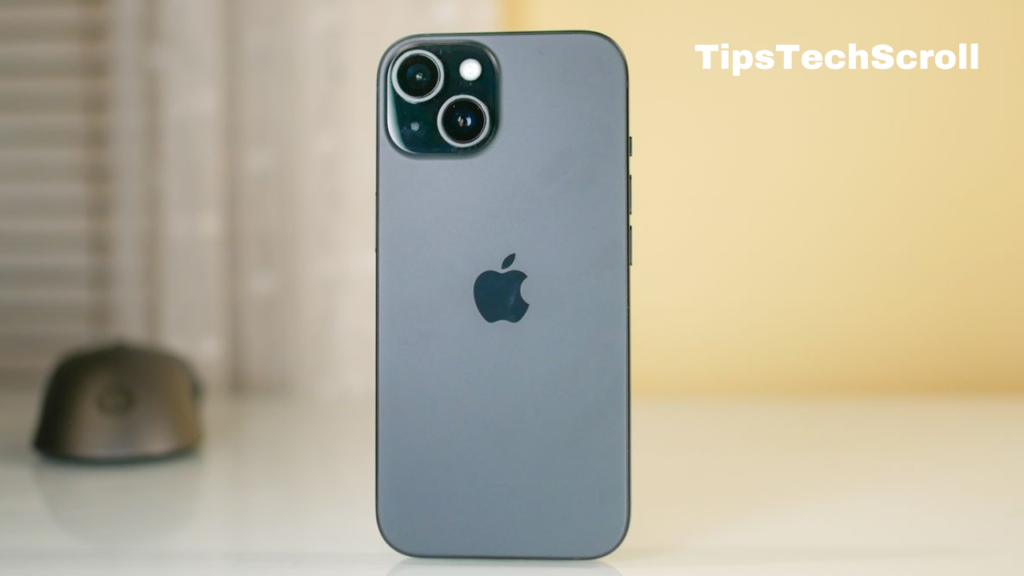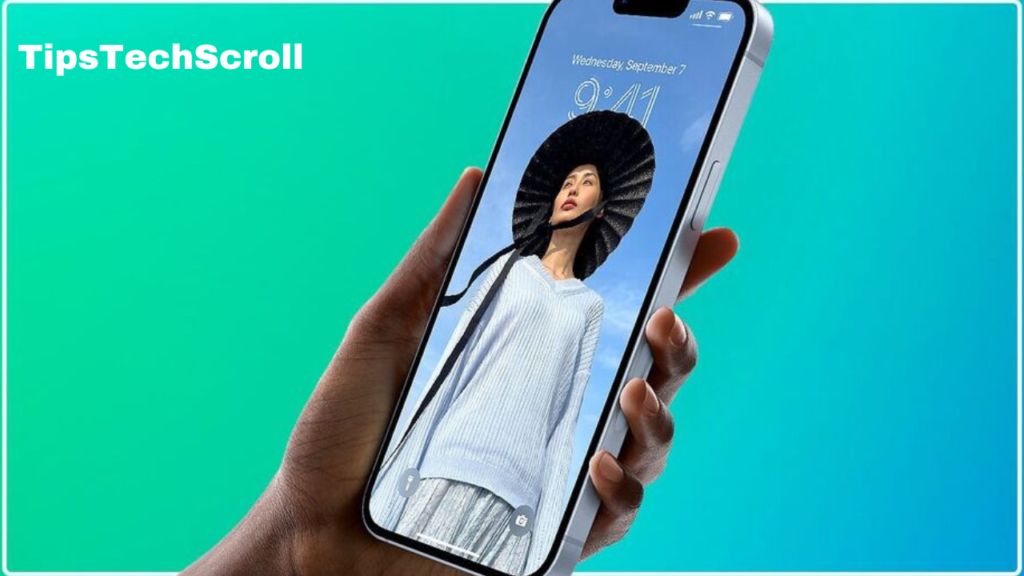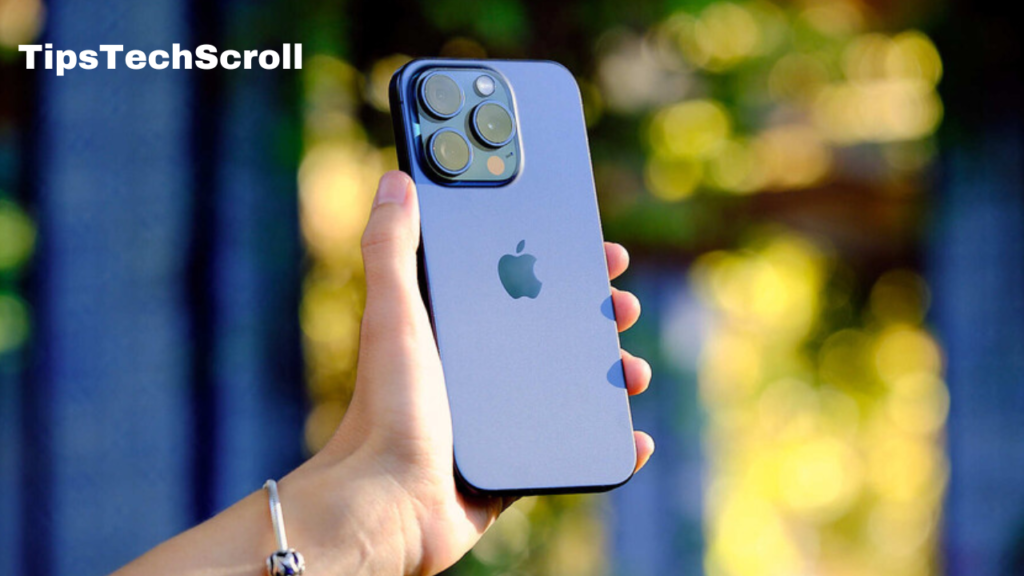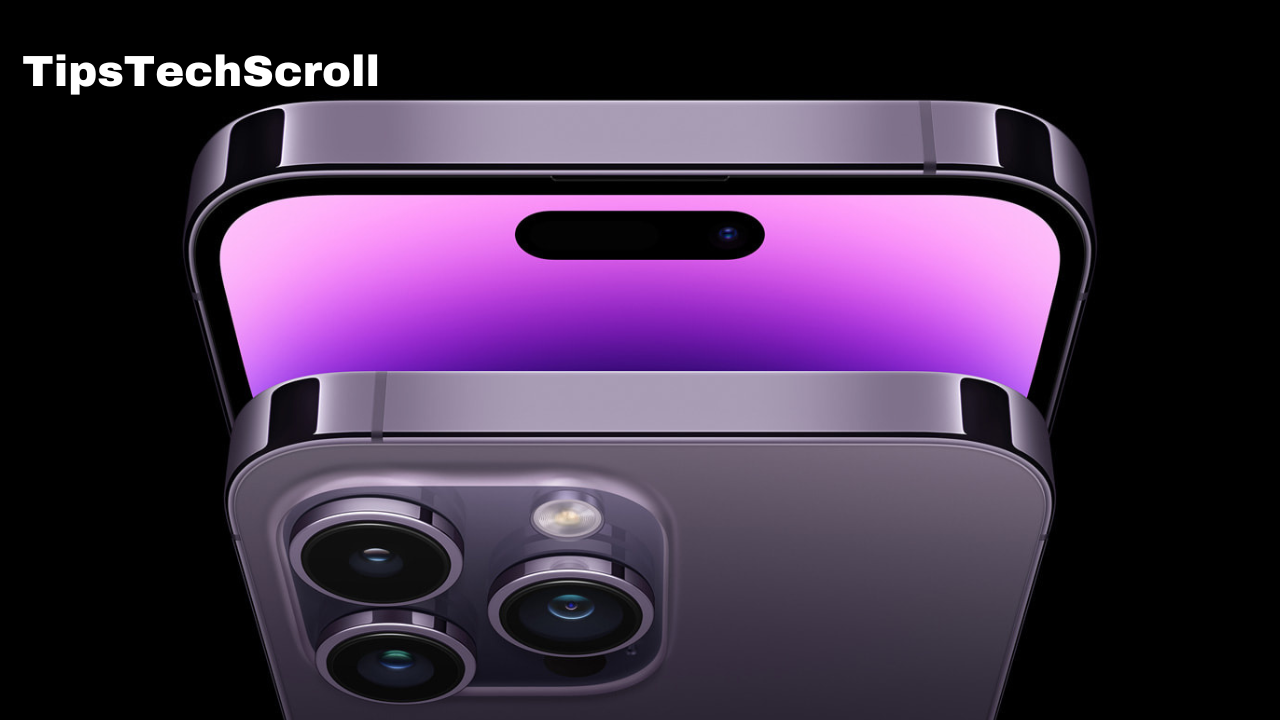Introduction :
iPhone, Apple offers a range of phones called the iPhone, which use the company’s proprietary iOS operating system. On January 9, 2007, then-Mac President Steve Occupations claimed to have seen the first iPhone. From that point on, and for the foreseeable future, Apple has continuously released new iPhone models and iOS updates. Sales of iPhones exceeded 2.2 billion as of November 1, 2018.
Multi-contact development was first used in the iPhone. Larger screens, video recording, waterproofing, and a host of accessibility features have been acquired since the iPhone’s demise. Except the iPhone 5s, which subsequently integrated an amazing fingerprint sensor called Touch ID, iPhones had a single button on the front board until the iPhone 8 and at least
8. With Face ID facial authentication and signal-driven application switching, iPhone models have transitioned to an almost bezel-less front screen layout since the release of the iPhone X. Currently, the iPhone SE series’ financial setup uses Contact ID.
A huge portion of the overabundance market goes to the iPhone, which is one of the two largest mobile phone platforms globally, along with Android. Apple has reaped enormous gains from the iPhone, elevating it to the status of one of the most important public companies globally. Newer models have also received positive reviews.
The original iPhone was portrayed as an “unrest” for the remote worker. The iPhone is recognized for creating a massive market for mobile applications, or the “application economy,” as well as for driving the cell and record structure factor. In January 2017, there were over 2.2 million iPhone applications available in Apple’s Application Store.

Background:
The 2004 launch of the Macintosh phone marked the beginning of its improvement, as the company brought together a group of 1,000 representatives under the direction of Tony Fadell, and Scott Forstall, and setup official Jony Ive to oversee the highly anticipated “Undertaking Purple.”
Subsequently, Apple CEO Steve Jobs shifted the focus of attention from a tablet (henceforth referred to as the iPad) to a phone. Apple unveiled the device at a usual improvement expense of US$150 million over more than thirty months during a perplexing joint venture with Cingular Remote (later renamed AT&T Compactness). As per Occupations in 1998, the word “I” in “iMac” (and subsequently in “iPod”, “iPhone”, and “iPad”) refers to the web, individual, educate, enlighten, and animate.
Apple abandoned the “plan by council” strategy that resulted in the Motorola ROKR E1, a mostly unsuccessful “iTunes telephone” developed in collaboration with Motorola. Aside from other shortcomings, the software of the ROKR E1 limited its music library to just 100 songs from iTunes in an attempt to avoid competing with the Macintosh iPod nano. In exchange for a prolonged period of limited U.S. transactions, up until 2011, Cingular paid Apple a small amount of its monthly administration profits (until the iPhone 3G) and allowed Apple to develop the iPhone’s hardware and programming internally, an unusual arrangement at the time.
On January 9, 2007, during Macworld 2007 at the Moscone Center in San Francisco, occupations presented the first iPhone to the general public. Essentially a high-level reimagining of the Macintosh operating system X, the iPhone combined a 3.5-inch multi-touch display with relatively few buttons, and it ran the iPhone operating system using a touch-obliging point of connection.

It launched on June 29, 2007, with an initial US$499 pricing and a two-year contract for simultaneous use with AT&T. After two months, the price was reduced by a third. The subsequent demonstrations forced Endeavors to issue a dissatisfying statement and propose an insufficient discount to the phone’s initial purchasers.
On September 12, 2017, the iPhone 8, 8 Plus, and iPhone X were showcased at Mac Park’s Steve Occupations Theater during Macintosh’s most important event. The iPhone X also featured a 5.8-inch OLED “Super Retina” display with a “bezel-less” design, which has a higher pixel thickness and differentiation degree than previous iPhones with LCDs.
Additionally, all models included back glass board plans similar to the iPhone 4, remote charging, and a hexa-center A11 Bionic chip with “Brain Motor” Mirrored information gas pedal components. The device also deactivated the home button to achieve the “bezel-less” design and replaced it with a movement-based course system. Face ID facial affirmation check gear was similarly implemented but in a “score” screen design as opposed to Contact ID. As the most expensive iPhone to ship off, the iPhone X started at US$999.
On September 14, 2021, a livestream event was held to unveil the iPhone 13, 13 Scaled Down, 13 Star, and 13 Virtuoso Max. Every generation included more noticeable camera sensors, more noticeable batteries for extended battery life, and a more understated “score” screen design.
The iPhone 13 Master and 13 Expert Max also included three times optical zoom in the fax point of convergence, in addition to a more fluid and adaptable 120 Hz refresh rate “Movement” innovation in its OLED display.
Presenting on Walk 8, 2022, the immaterial cost third-generation iPhone SE had the A15 Bionic chip from the iPhone 13 but otherwise had the same hardware as the second-generation iPhone SE.
On September 7, 2022, the iPhone 14—14 regardless, 14 Expert, and 14 Virtuoso Max—were displayed. Satellite phone crisis calling was available in all models. The massive 6.7-inch screen, which debuted on the iPhone 12 Virtuoso Max, was made available in a more reasonably priced device with the iPhone 14, or about.
Beyond offering a larger standard 48-megapixel primary camera—a notable increase in megapixels since the iPhone 6s—the iPhone 14 Virtuoso and 14 Master Max also featured an alert status bar interface designed in a refreshed screen layout called “Dynamic Island” and a relatively natural, reliable lock screen improvement.
On September 12, 2023, the iPhone 15, 15 Regardless, 15 Star, and 15 Expert Max were announced. Starting with this collection of devices, all models will have USB-C instead of Apple’s proprietary Lightning connector for power to comply with regulations set forth by the European Commission. This move comes after eleven years of use in previous models.
All versions feature a magnificent glass back, potentially curved edges, and the Stand-out Island, which debuted with the iPhone 14 Master (really leaving the “indent” show configuration). In this way, the “Development” button and titanium, separately, replace the quiet switch and tempered steel edges of the iPhone 15 Star and 15 Virtuoso Max.

FAQs
What are the main features of the iPhone?
- Face ID
- Barometer
- High dynamic range gyro
- Proximity sensor
- Dual ambient light sensors
What iphone is famous for?
The iPhone’s primary selling points were its user-friendly software, visually appealing interface, and ability to support additional user-selected apps.
Is the iphone better than Android?
People with varying demands can find solutions with both Android and iPhone. Choosing to purchase an iPhone is simple if you already own Apple goods, such as the Mac, iPad, or Apple TV. Choose an Android device if portability or apps are important to you. For some people, certain categories have greater significance.
What are the 3 facts about iphone?
- An iPhone prank call was made on the initial call.
- Apple sold 340,000 iPhones every day in 2012.
- You have already committed to refraining from using Apple devices to produce nuclear bombs if you use iTunes.
- About thirty percent of the A8 chips used in Apple’s iPhone 6 are produced by Samsung.
Conclusion:
Since Apple announced the discontinuation of the iPhone in 2007, the device’s features have expanded to include multi-contact advancement, larger screens, video recording, waterproofing, and accessibility. These days, the most popular phone stages worldwide are Android and the iPhone.
With over 2.2 million applications recommended by the company in its Application Store, there is a substantial market for customizable apps. In 2021, the iPhone 13 and 14 Virtuoso Max were unveiled, including increased camera sensors, longer-lasting batteries, and a more stifling “score” screen style.

Greetings! I’m jordan, the proud Owner of Tipstechscroll. With 7 years of experience in SEO, I’m passionate about aiding businesses in their online growth journey. My expertise lies in crafting content that resonates with search engines while ensuring visibility to the intended audience. By staying abreast of the ever-evolving SEO landscape, I alleviate the burden for my clients, ensuring their online presence remains optimized. My goal is to impart my knowledge and empower others to thrive in the digital realm.

